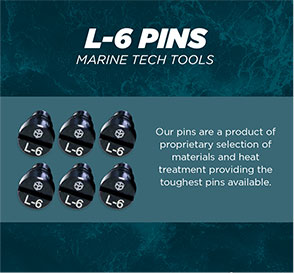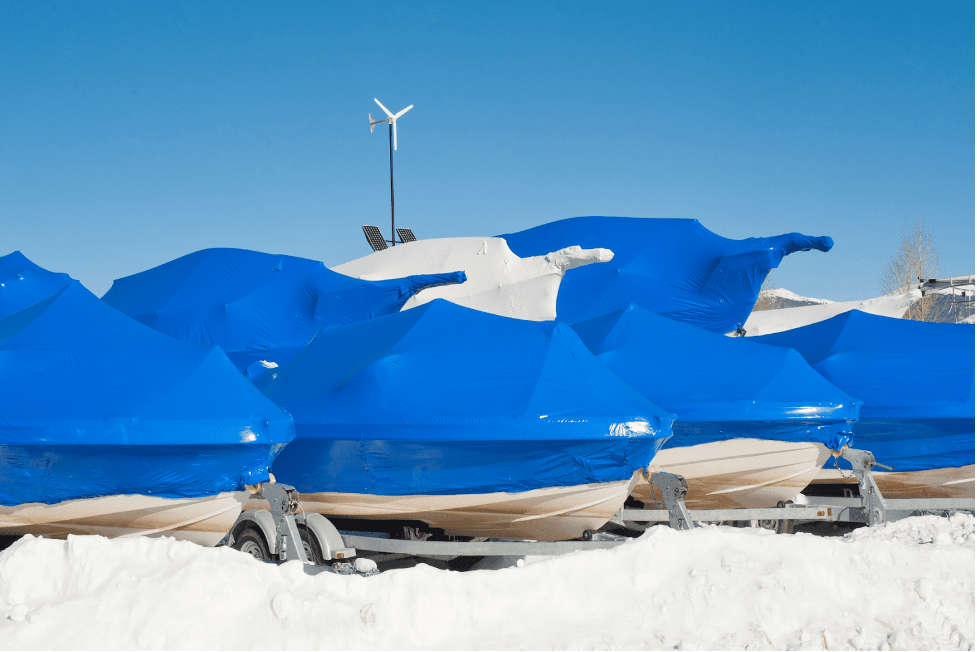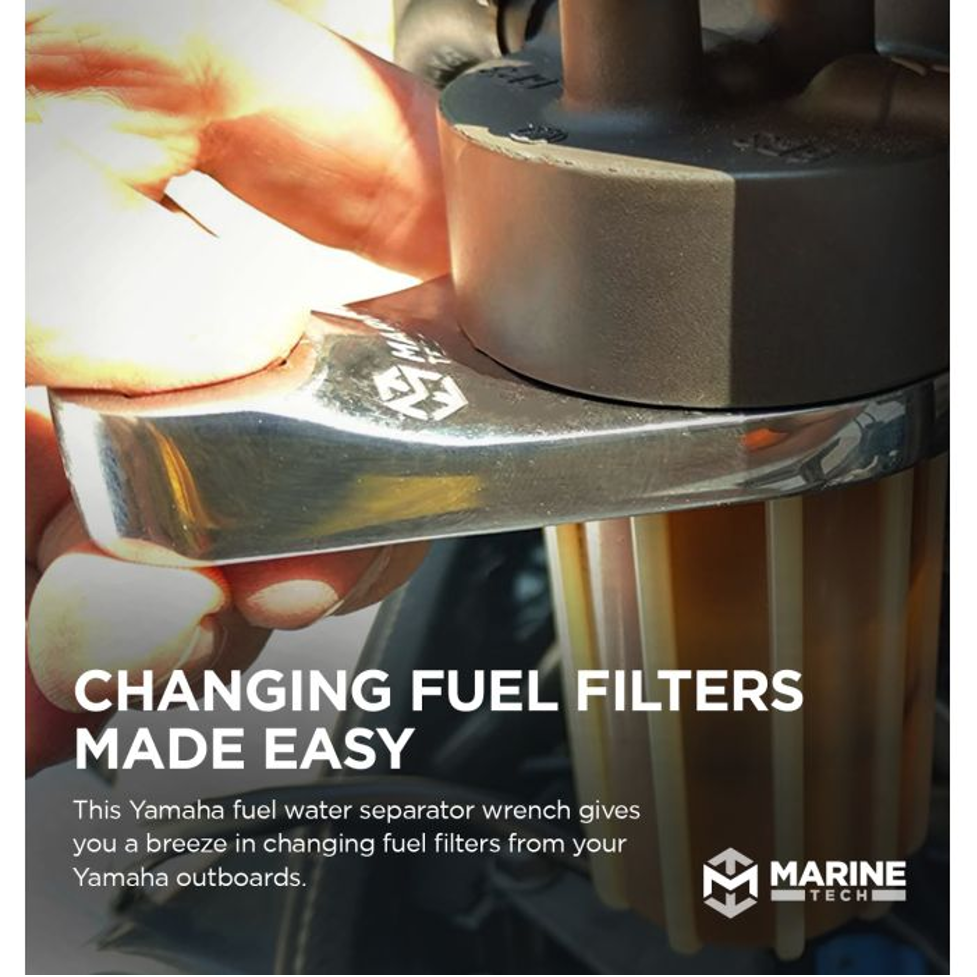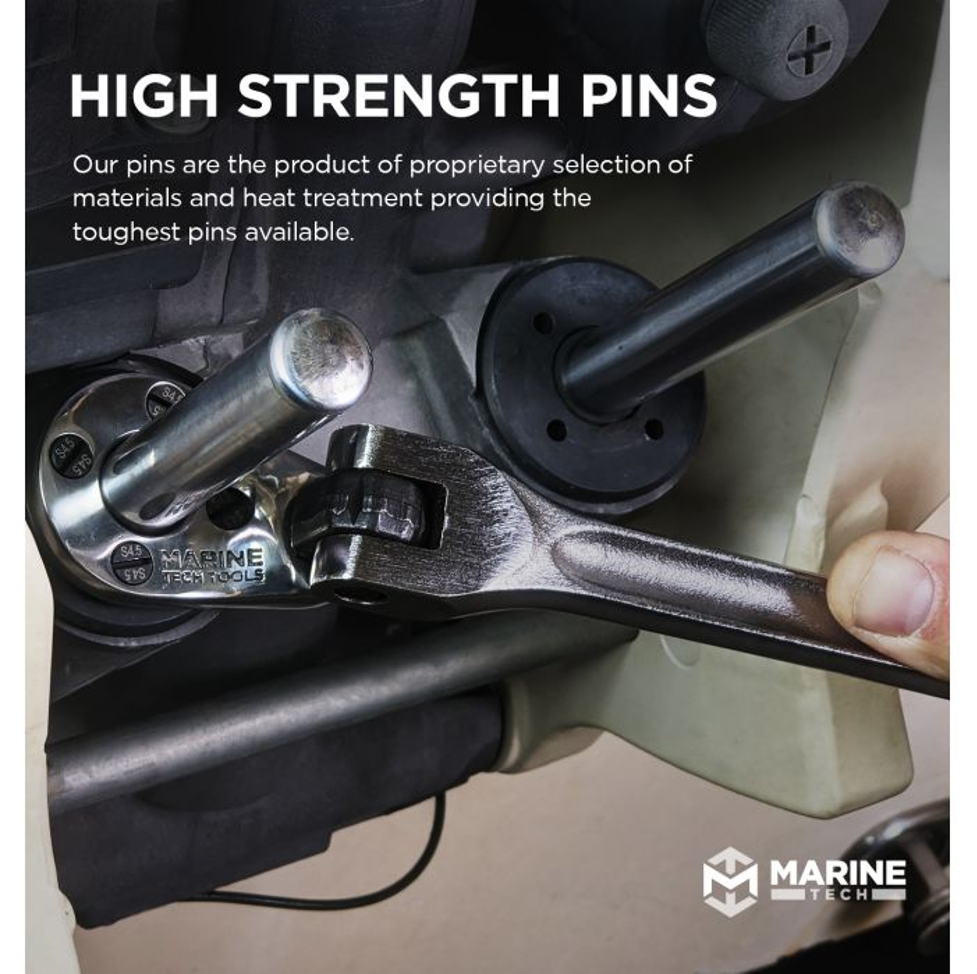Gasoline is perishable.
Not only does gas go bad, but it also damages engines and fuel systems when this happens.
Pure gas degrades within a few months due to oxidation, and ethanol-gasoline blends degrade even faster—often in weeks.
What does degradation mean for fuel? Untreated gas loses potency—or its combustibility. It will start to gum up and can leave destructive varnishes on your carburetor and other internal engine and fuel system parts.
Fuel stabilizers can prolong the shelf life of gasoline, make it more effective, and provide added protection to your engine and fuel system. In addition, many fuel stabilizers also include additives that address other fuel-related concerns.
Let’s take a closer look at what fuel stabilizers do—and don’t do—so you can know what to look for when choosing a stabilizer for your boat.

What Do Fuel Stabilizers Do?
Protect from water intrusion
Ethanol in fuel absorbs water. Water can enter the fuel system from contamination at the pump, condensation in the tank, or a poor-fitting fuel cap. Once the water and ethanol combine, they drop to the bottom of the tank, forming a thick sludgy-goo that contains all the combustible octane. This is called phase separation.
First off, there is no fuel stabilizer that removes water from your gas. (For that, you’ll need a water-separating fuel filter.) Instead, some stabilizers can allow your fuel to suspend more water particles before the bonded ethanol/water separates out and ruins the fuel.
Corrosion Inhibitors
Corrosion on a boat is a constant battle—even inside your engine and fuel system. Fuel stabilizers with corrosion inhibitors can drastically reduce the corrosive effects of even the smallest amounts of water in your fuel and will protect your engine's internal components.
Sulfur in lower-quality fuel also leads to corrosion. To get maximum protection from corrosion-inhibiting fuel stabilizers, add to the tank of gas immediately after fueling.
Cleaning Properties
Boats are more susceptible to carbon buildup on the pistons, valves, and combustion chambers. This is because they often run at the same speed for long periods of time (unlike cars or motorcycles that rev up and down frequently, which clears the carbon in the process).
When the carbon is allowed to build up through the season, it restricts the flow, leading to lower efficiency, difficulties starting, and poor performance. Some fuel stabilizers have lubricating properties that prevent carbon buildup. Others have detergents that can help clear established carbon buildup.
When To Use a Fuel Stabilizer
Some fuel stabilizers are designed to be added every time you fill so that you get constant lubricating, anti-corrosive protection with each use.
Other fuel stabilizers are designed to maximize the life expectancy of the fuel and are ideal for storing your boat for the season or any other extended period of time.
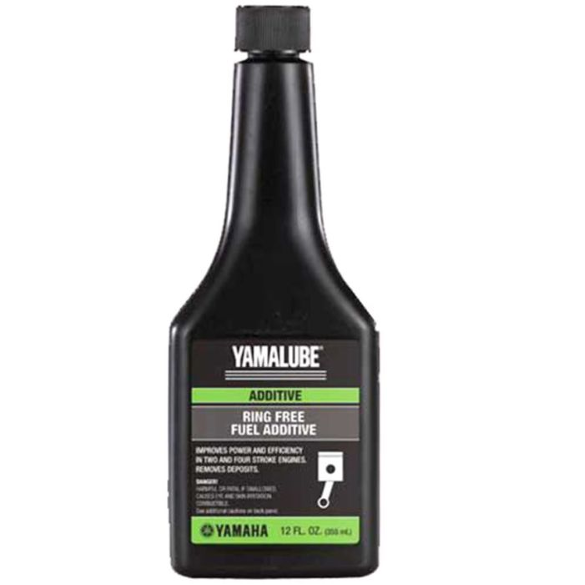
Get The Most Out of Your Fuel Stabilizer
First, know what your motor manufacturer's recommendations are. or example, Yamaha recommends their Yamalube Ring Free Fuel Additive to protect their engines from corrosion, clear carbon buildup, and improve efficiency even with lower quality fuels.
The second is to understand that not all fuel additives address every fuel concern. Read the label to understand the product’s purpose and intended use. In many cases, you will likely use two products. One for every-use fill-ups and one for end-of-season and long-term storage use.
Finally, you’ll want to ensure your stabilizer is evenly dispersed in your fuel and into your engine. One simple tip is to add the fuel stabilizer to your tank before filling. Then, the flow of fuel will properly mix your fuel and stabilizer. You’ll also want to run your motor to get all those corrosion-inhibiting, varnish-busting substances where they will do the most good— inside your boat’s engine.
Related Marine Tech Blogs:
How To Replace Your Yamaha Trim & Tilt Cylinder Seals






